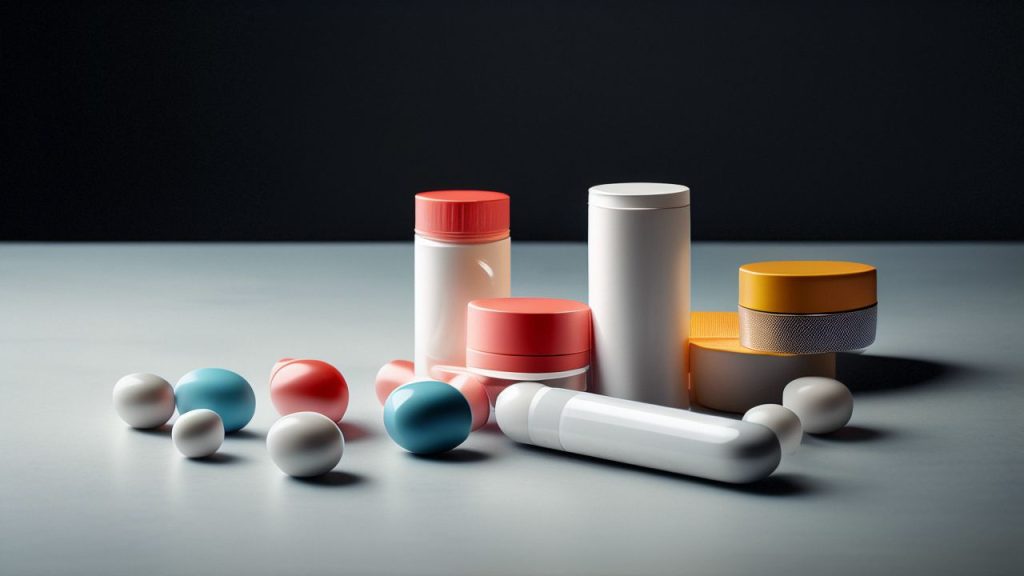Vldl cholesterol: define,harms and medications
Table of Contents
What is vldl cholesterol?
VLDL stands for very low-density lipoprotein cholesterol. VLDL is one of the five major lipoprotein groups that transport fat molecules in the bloodstream. These lipoproteins are responsible for carrying triglycerides, cholesterol, and other lipids from the liver to the body’s cells.

VLDL cholesterol is often considered “bad” cholesterol because high levels can lead to a buildup of cholesterol in the arteries, increasing the risk of heart disease and stroke. However, it is important to note that VLDL cholesterol itself is not harmful, but when it is converted into low-density lipoprotein (LDL) cholesterol in the bloodstream, it can lead to the formation of plaque in the arteries.
Levels of VLDL cholesterol are typically measured as part of a lipid panel, which is a blood test that measures various types of cholesterol and triglycerides in the bloodstream. The American Heart Association (AHA) recommends that adults over the age of 20 should have their cholesterol levels checked every four to six years, and treatment may be necessary if levels of VLDL cholesterol are too high.
Vldl cholesterol normal range
The normal range for VLDL cholesterol is typically reported in milligrams per deciliter (mg/dL) or millimoles per liter (mmol/L), and it may vary slightly depending on the laboratory and the units of measurement used. In general, a normal VLDL cholesterol level is considered to be:
- Less than 30 mg/dL (0.78 mmol/L)
However, it’s important to note that VLDL cholesterol is not usually measured directly. Instead, it is often estimated using the following formula:
VLDL cholesterol = Triglycerides / 5
This calculation provides an approximation of VLDL (Very Low Density Lipoprotein) cholesterol based on the triglyceride level, which is another type of blood fat that is measured directly in a lipid panel. For this reason, the normal range for VLDL cholesterol is sometimes expressed in terms of triglyceride levels:
- Normal triglyceride level: Less than 150 mg/dL (1.69 mmol/L)
- Desirable triglyceride level: Less than 100 mg/dL (1.13 mmol/L)
VLDL cholesterol High, which can be inferred from high triglyceride levels, are considered a risk factor for cardiovascular disease. It’s important to have regular lipid profiles checked as part of a comprehensive health assessment, and if levels are outside the normal range, lifestyle changes and/or medication may be recommended by a healthcare provider.
VLDL cholesterol cal
Detailed Explanation
VLDL (Very Low Density Lipoprotein) cholesterol refers to the cholesterol content in very low-density lipoproteins. The measurement of VLDL cholesterol is often used to assess the risk of cardiovascular diseases. The calculation of VLDL cholesterol is usually done using the following formula:
[ \text{VLDL cholesterol} = \frac{\text{Triglycerides}}{5} ]
Here, the unit for triglycerides is typically milligrams per deciliter (mg/dL).
Example
Suppose the triglyceride level is 150 mg/dL. The VLDL (Very Low Density Lipoprotein) cholesterol can then be calculated using the formula:
[ \text{VLDL cholesterol} = \frac{150}{5} = 30 \text{ mg/dL} ]
Harms
vldl (Very Low Density Lipoprotein) cholesterol high, often referred to as “bad” cholesterol, can have detrimental effects on health. When VLDL cholesterol is elevated, it can contribute to the development of atherosclerosis, a condition where fatty deposits build up in the walls of the arteries. Over time, these deposits can narrow the arteries, restrict blood flow, and increase the risk of various cardiovascular diseases. The potential harms of high VLDL cholesterol include:

- Coronary Artery Disease: The buildup of plaque in the coronary arteries can lead to chest pain (angina) and, in severe cases, heart attacks.
- Stroke: Reduced blood flow to the brain due to clogged arteries can result in a stroke, which can be disabling or even fatal.
- Peripheral Arterial Disease: Narrowed arteries in the legs and arms can cause pain, poor circulation, and in advanced stages, tissue damage and ulcers.
- Aortic Aneurysms: Weakening and bulging of the aorta, the large blood vessel branching off the heart, which can rupture and cause life-threatening bleeding.
- Kidney Disease: High levels of cholesterol can affect the kidneys’ ability to filter waste and fluids from the blood, leading to chronic kidney disease.
- Insulin Resistance and Type 2 Diabetes: Elevated VLDL cholesterol is associated with insulin resistance, a precursor to type 2 diabetes, which increases the risk of heart disease.
To mitigate these risks, lifestyle changes such as adopting a healthy diet, regular exercise, weight management, and avoiding tobacco smoke are often recommended. In some cases, medication may be prescribed to lower VLDL (Very Low Density Lipoprotein) cholesterol levels and reduce the risk of cardiovascular events.
Medications
Several types of medications can help lower VLDL cholesterol levels. These include:

- Statins: These are the most commonly prescribed drugs for lowering cholesterol. Statins work by inhibiting an enzyme called HMG-CoA reductase, which is involved in the liver’s production of cholesterol. This leads to a decrease in both VLDL and LDL cholesterol levels. Examples of statins include atorvastatin (Lipitor), simvastatin (Zocor), rosuvastatin (Crestor), and pravastatin (Pravachol).
- Bile Acid Sequestrants: These medications work by binding to bile acids in the intestine, which prompts the liver to use excess cholesterol to make more bile acids. This process can help lower VLDL and LDL cholesterol levels. Examples include colesevelam (Welchol), cholestyramine (Questran), and colestipol (Colestid).
- Fibrates: Also known as fibric acid derivatives, these drugs primarily lower triglycerides and can also reduce VLDL cholesterol levels. They work by activating a receptor in the liver that regulates fatty acid metabolism. Examples include gemfibrozil (Lopid) and fenofibrate (Tricor).
- Niacin: This B vitamin can help raise high-density lipoprotein (HDL) cholesterol, often referred to as “good” cholesterol, and lower VLDL and LDL cholesterol levels when taken in higher doses than those found in a normal diet. However, it can cause side effects such as flushing and liver function abnormalities.
- PCSK9 Inhibitors: These are a newer class of injectable drugs that work by blocking a protein called PCSK9, which leads to more LDL receptors on liver cells. This allows the liver to remove more LDL cholesterol from the blood, including the VLDL particles that convert into LDL. Examples include alirocumab (Praluent) and evolocumab (Repatha).
- Cholesterol Absorption Inhibitors: These drugs lower blood cholesterol by limiting the absorption of dietary cholesterol. While primarily affecting LDL cholesterol, they can also have a modest effect on VLDL levels. Ezetimibe (Zetia) is an example of this type of medication.
While these medications can be effective in lowering VLDL (Very Low Density Lipoprotein) cholesterol, they are typically prescribed in conjunction with lifestyle changes, such as a healthy diet, regular exercise, and weight management. Additionally, the choice of medication may depend on an individual’s specific health status, the presence of other risk factors, and their tolerance to various drugs.




